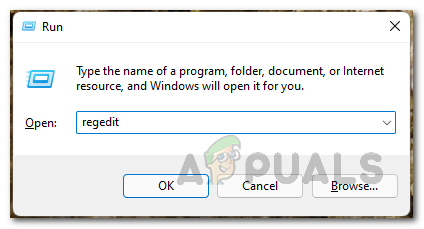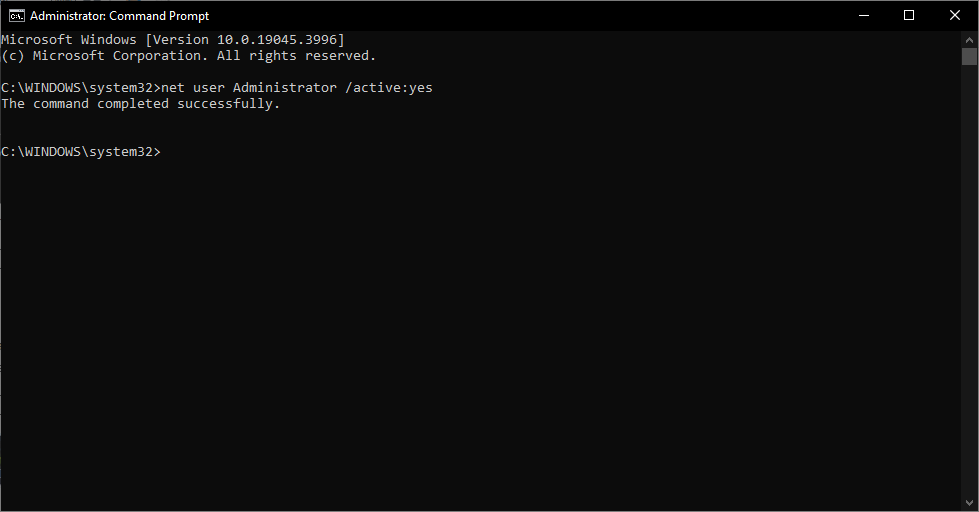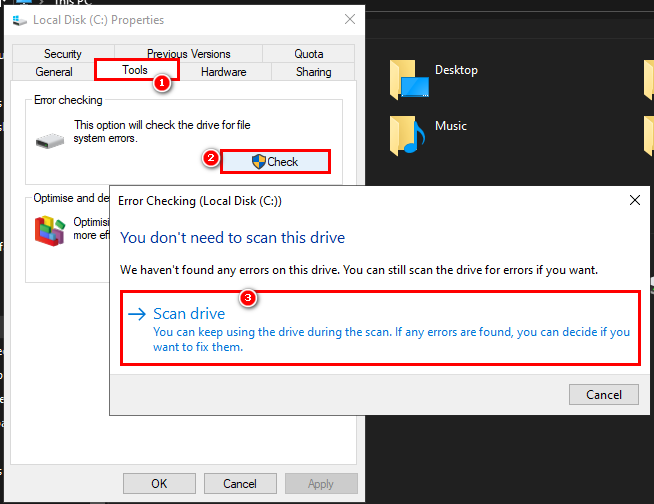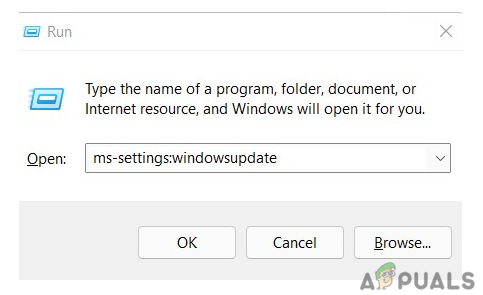How to Fix Temporary Profile Issues in Windows 10?
When you log in to your Windows profile, all the information and settings of your profile are retrieved from registry entries and configuration files stored on your hard disk. The corruption of even a single file can prevent Windows from accessing it, resulting in you being logged into a temporary profile. This temporary profile is usable, but delays in loading your account profile can lead to the same situation.

Please note that any changes you make to this temporary profile will not be saved. Every time you log in, a new profile is loaded as if it were the first time.
Corruption can be caused by a recently installed software update, an improperly shut down computer, or other factors. If you have already attempted to restart your computer 3 to 4 times (which has worked for some users), then proceed with the solutions below.
Troubleshooting Prerequisites:
- Restart your PC Multiple Times: When Windows encounters an issue loading your user profile, sometimes all it takes is the act of restarting your computer several times. This action can trigger built-in recovery processes that address glitches preventing your profile from loading properly.
With each reboot, the system attempts to resolve errors, and oftentimes after a few tries, it succeeds in restoring access to your regular profile without the need for more complex troubleshooting. - Boot into Safe Mode: Booting into Windows Safe Mode is like giving your PC a fresh start, free from the complications of third-party software and drivers. In this stripped-down state, Windows loads only the essential drivers and services, which can help dodge software conflicts that might be the culprits behind your profile issues.
By booting into Safe Mode, you have the chance to troubleshoot and fix the problematic files or settings without interference. If everything works smoothly here, you’ll know where to focus your repair efforts once back in the regular mode.
Enable the Built-in Administrator Account
Before performing some of these troubleshooting steps, you may need to enable the built-in administrator account to utilize administrative rights.
- Press Windows Key + X and click on Command Prompt (Admin).

- In the Command Prompt window, type the following command and press Enter:
net user Administrator /active:yes

- Please restart your computer. When you reach the login screen, you should notice a new account named ‘Administrator’. Log in to this account. After you have finished troubleshooting, reopen Command Prompt (admin) by pressing the Win + X keys, and type the following command exactly as shown:
net user Administrator /active:no

1. Utilize the Check Disk Tool
This utility goes through your system’s storage, thoroughly scanning for any irregularities or corrupted sectors on the hard drive that might be causing profile issues. By examining and automatically repairing file system issues, it makes sure that the paths leading to your Windows profile are clear and unobstructed.
This process essentially helps in restoring the smooth retrieval of your profile’s data and settings, potentially freeing you from the constraints of a temporary profile.
- Press the Windows key + E to open File Explorer. Right-click on your C: drive. If you can’t see the C: drive, click on ‘This PC’ from the left pane, then select the C: Drive where Windows is installed.
- Choose Properties.

- Go to the Tools tab. Under Error Checking, click Check Now. Then, select Start to begin the scan. If a message states the tool cannot scan while the disk is in use, choose Schedule Disk Check and restart your computer. The scan will start and address any errors upon reboot. During the disk check, ensure you do not press any keys which might cancel the process.

After the scan, your computer will automatically restart. Now, try logging in with your original account.
2. Correct the Registry Entry
By adjusting the Registry Entry, you’re basically guiding Windows back to your correct user profile’s path. When duplicate or erroneous entries occur (like the ones with and without ‘.bak’), Windows gets confused and defaults to a temporary profile.
By carefully deleting the incorrect entry and fixing the original (removing ‘.bak’), you re-establish the link to your actual profile so that Windows can load it successfully. This restoration cuts the cycle of being trapped in a temporary profile loop and restores your personalized settings and files.
- Press Windows key + R. In the Run window, type regedit and press Enter. Click Yes if you receive a User Account Control (UAC) prompt.

- In the Registry Editor, double-click on HKEY_LOCAL_MACHINE to expand it. Click on ‘Software’ and navigate to HKEY_LOCAL_MACHINE\SOFTWARE\Microsoft\Windows NT\CurrentVersion\ProfileList.

- Look for SID keys under the ‘ProfileList’ heading in the left pane; they look like S-1-5-21…. You’ll find at least two, one ending in ‘.bak’ and another without it. The one with ‘.bak’ is the original, while the other links to the temporary profile.
- Select each SID key and check the ProfileImagePath in the right pane to confirm. Delete the non .bak keys with your profile name in the ProfileImagePath. Confirm any prompts.
- Right-click the SID key with ‘.bak’ and choose Rename.
- Remove the ‘.bak’ from the end of the key name. Close the Registry Editor and Restart your computer.
- Attempt to log into your original profile. If the problem remains, continue with the next steps.
- Use the built-in Administrator account to log in.
- Backup all folders in C:\Users\’Your Original Profile Name\’ to another drive. Later, you can restore these files to their original location to recover your desktop icons and ‘My Documents’ items. After backing up, delete the ‘Your Original Profile Name’ folder from C:\Users.
- Return to the Registry Editor and navigate to the ‘S-1-5-21…[some long number]’ key. Now, delete any SID keys with values next to ‘ProfileImagePath’ showing “C:\Users\’Your Original Profile Name\’”.
3. Run System File Checker
When you execute SFC, it actively scans the protected system files on your computer, identifying and repairing any files that are corrupted or damaged. If such files are crucial to profile management or system operation, fixing them can restore stability, possibly resolving login issues and bringing back normal access to your profile. It’s like giving your system a health check-up and treatment, all in one command.
We have a separate detailed guide on how to run SFC here.
4. Run Windows Update
By downloading and installing the latest patches and feature enhancements, Windows Update refreshes system files, potentially replacing any corrupted elements that might have been contributing to profile issues. This automatic sweep makes sure your system is not only up-to-date but also running optimally, increasing the likelihood of successfully restoring your precious user profile to its former state.
- Press the Windows Key + R. Type ms-settings:windowsupdate and press Enter.

- Now, check for any available updates for Windows and install them. This step has resolved the issue for some users.